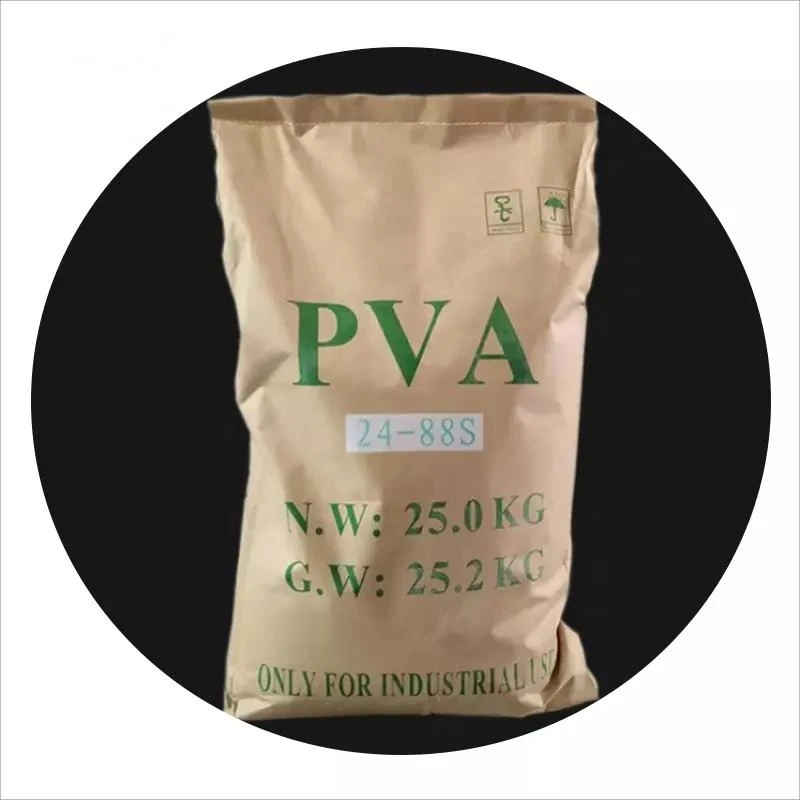The Cellulose Manufacturers Pioneers of Sustainable Innovation
Cellulose, a natural polymer derived from plant cell walls, has long been a fundamental component of various industries including textiles, paper production, and food processing. The growing demand for sustainable and eco-friendly products has propelled cellulose manufacturers into a pivotal position in the global market. This article explores the cellulose manufacturing process, its applications, and the role these manufacturers play in promoting sustainability.
Understanding Cellulose
Cellulose is the most abundant organic polymer on Earth, making up about 33% of plant matter. Its structural strength and versatility allow it to be utilized in various applications, ranging from creating biodegradable products to serving as a food additive. Cellulose is primarily sourced from wood pulp, cotton, and other plant materials, which are subjected to chemical and mechanical processes to extract the pure polymer.
The Manufacturing Process
The production of cellulose typically involves several steps
1. Harvesting Raw materials, such as wood or cotton, are harvested from sustainable resources to ensure minimal environmental impact. 2. Pulping The harvested materials undergo a pulping process, which can be either chemical or mechanical. Chemical pulping typically uses sodium hydroxide or sodium sulfide to dissolve lignin and separate cellulose fibers from the woody material, while mechanical pulping relies on grinding techniques to achieve the same result.
3. Bleaching Once the cellulose fibers are extracted, they may undergo a bleaching process to remove any residual lignin and impurities, resulting in a pure and white cellulose product.
4. Drying and Cutting Finally, the cellulose is dried and cut into various forms, including sheets, powders, or pellets, depending on its intended application.
Applications of Cellulose
cellulose manufacturers

The versatility of cellulose makes it suitable for a wide range of applications
- Textiles Cellulose is transformed into rayon or lyocell, which are used in producing clothing, upholstery, and other fabric-based products. These materials are known for their softness, breathability, and biodegradability.
- Paper Products The paper industry relies heavily on cellulose for producing everything from newsprint to high-quality paper products. Sustainable practices in sourcing and manufacturing are crucial in reducing the environmental footprint of paper production.
- Food Industry Microcrystalline cellulose acts as a stabilizer and thickener in many food products. It provides low-calorie bulk while maintaining texture and mouthfeel, making it particularly valuable in the health-conscious market.
- Pharmaceuticals Cellulose derivatives are widely used in the pharmaceutical industry as excipients, which are inactive substances that serve as carriers for the active ingredients in medications.
The Role of Cellulose Manufacturers in Sustainability
Cellulose manufacturers are at the forefront of the sustainable transformation of industries. By utilizing sustainable sourcing practices, implementing eco-friendly production processes, and focusing on innovating bio-based alternatives, these companies contribute significantly to reducing environmental impact.
Moreover, many manufacturers are investing in research and development to explore new sustainable uses for cellulose. This includes advancements in biodegradable materials and green chemistry, which aim to minimize waste while maximizing resource efficiency.
Conclusion
With the global push toward sustainability, cellulose manufacturers are uniquely positioned to lead the way in developing eco-friendly products. By harnessing the abundant natural resource of cellulose, they not only cater to market demands but also contribute to a healthier planet. The future of cellulose manufacturing lies in innovation and sustainability, promising exciting developments in various industries for years to come.
-
Rdp Powder: Key Considerations for Wholesalers in the Building Materials IndustryNewsJul.08,2025
-
Key Considerations for Wholesalers: Navigating the World of Hpmc - Based ProductsNewsJul.08,2025
-
Hpmc Detergent: Key Considerations for WholesalersNewsJul.08,2025
-
Key Considerations for Wholesalers: China Hpmc For Tile Adhesive, Coating Additives, Concrete Additives, and MoreNewsJul.08,2025
-
Crucial Considerations for Wholesalers: Navigating the World of Construction MaterialsNewsJul.08,2025
-
Key Considerations for Wholesalers Sourcing Additive For Cement, Additive For Concrete, Additive For Putty from Additive Manufacturer Shijiazhuang Gaocheng District Yongfeng Cellulose Co., Ltd.NewsJul.08,2025




